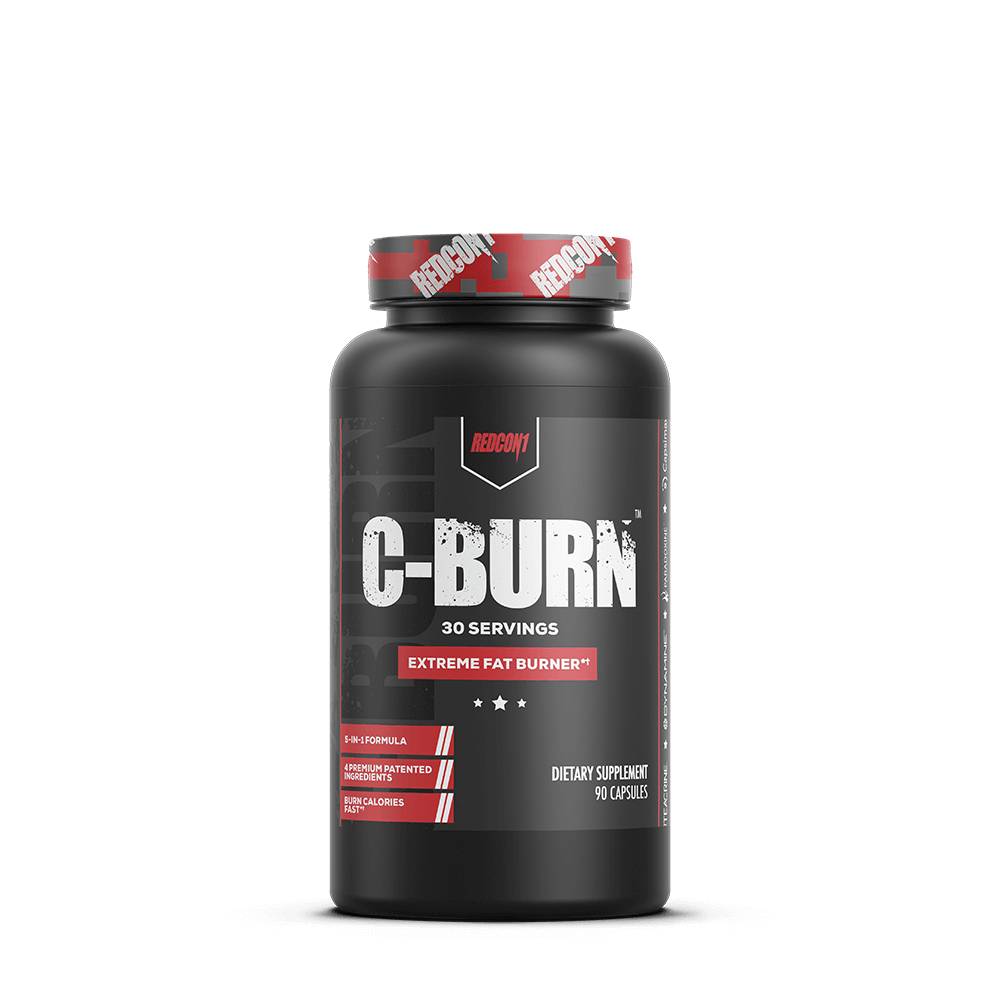To build muscle, you need to follow specific guidelines and instructions. The first elements that come to mind are a good workout program, diet plan, and regular exercise. However, one important prerequisite that often undermined is the body and its reactions. Moreover, the human body is a complex system that contains different hormonal elements. And these hormones often generate different reactions in the muscle cells. One notable element that we will analyze in this article is Cortisol levels, and how it impacts your muscle gain and fat loss.
Cortisol – The Basics
Cortisol is a catabolic hormone that has the role to balance the fat levels in the body. Also, Cortisol has a significant role in the process of storing and releasing fat. But the ultimate question here is how cortisol can stimulate two different factions.
1. Storing Fat
Cortisol can have a significant role in storing fat. This is based on the presence and activity of the lipoprotein lipase which is a strong fat storing enzyme. Therefore, cortisol has a direct impact on the process of storing fat
2. Releasing Fat
Cortisol can also have an active role in the process of releasing fat. This happens as the cortisol releases the hormone-sensitive lipase which is a strong fat releasing enzyme. However, it is important to emphasize that it can only release the stored fat, not burning the fat. There are other functions that are needed to occur in order for the body to burn the released fat.
The Fat Burning Process
One of the main benefits of cortisol is that it can help in the process of burning fat. This is since it can assist in releasing fat from stored fat cells. As we have stated, there are other metabolic actions in the body that contribute to the fat burning phase. Without these actions, the fat will be again stored in the body.
Some of these functions are closely related to the activity level. For example, the increased presence of human growth hormone levels combined with the lower presence of insulin is one of those metabolic actions. This combination can utilize the effect of the cortisol and will burn the unwanted fat. Additionally, during cardio and aerobic activities the metabolism has high productivity. Therefore, the released fat can be used as a fuel to support the body during these activities. So, cortisol will prompt a reaction of releasing fat and the additional aerobic functions will proceed with burning the released fat. In other words, cortisol can be the starting point of a fat burning reaction. Additionally, it can provide the body with additional energy from the stored fat cells.
The Importance of High-Intensity Training
One important puzzle of this mosaic is to have high-intensity training. This is since fat burning via cortisol release can only happen during short high intensity workouts. For example, the cortisol stimulated fat loss happens especially during high-intensity bodybuilding workouts. Moreover, these training sessions should not go over 45 minutes, including the warm-up. The reason for this is because a longer gym workout can activate the insulin which in turn can restore the released fat.
Cortisol and Building Muscle
The general belief about building muscle is based on a good nutrition plan, good workout plan and motivation. However, there is a lot more in the bodybuilding mosaic. Building lean muscle also requires control of different anabolic and catabolic actions. Moreover, it is imperative to properly manipulate certain hormones. Cortisol is one of the most important hormones that need to be under control. Yet, it is imperative to have solid cortisol levels during your exercise. As we have stated, the cortisol can help in the process of burning fat. That can have a direct impact on the process of building muscle. To be more specific, solid levels of cortisol during training can help in building a good muscle definition. Also, it is imperative to limit the length of the workouts. A longer training will result in a very high level of cortisol. Therefore, long exercise can disrupt the balance of the hormones in the body. For example, if the cortisol or insulin is dominant, the effect of the exercise will be counter-productive.
Furthermore, cortisol can also have a protective role for the muscle cells.
According to a research study, cortisol and its metabolic substrates can protect the body from an exaggerated immune system response. Especially, in the face of exercise-induced muscle damage. Additionally, it can help to maintain normal vascular integrity.
Another report has shown that high cortisol may be an inhibitor of protein synthesis and muscle growth by its catabolic action. As we can see, cortisol can have a dual role. Nevertheless, the right balance is the key element that will help the body to utilize the positive effects of cortisol.
The Right Balance
It is important to have a proper balance of the cortisol levels. On that note, it is important to emphasize that there are numerous ways to manage the cortisol levels. For example, you can adopt a good diet, lifestyle and strong workouts. Moreover, it is recommended to pay attention to hunger, to avoid late junk food cravings etc.
A good sign that you have a good cortisol level is by observing your fat levels fluctuations during a 30 days period. To be more specific, if you notice steady fat gains, then high cortisol may be the reason.
Conclusion
On a final note, we can conclude that cortisol is closely related to muscle integrity. Yet, the catabolic reactions of cortisol can have a negative impact on the muscle cells. On the other side, this catabolic hormone can stimulate the fat loss process. That is why it is important to balance the cortisol levels in the body. A proper balance will enable the body to release and burn the fat. And it will also maintain and protect muscle integrity.
Nevertheless, the issue of cortisol is still a challenging topic that requires more analysis.
Chris Hazen | @thechrishazen | thechrishazen@gmail.com

